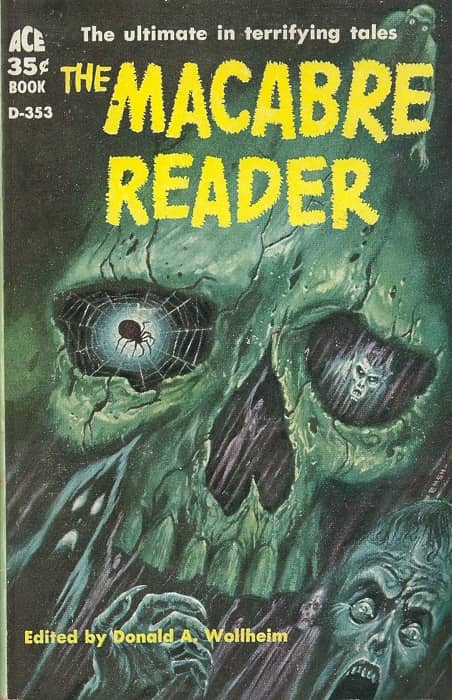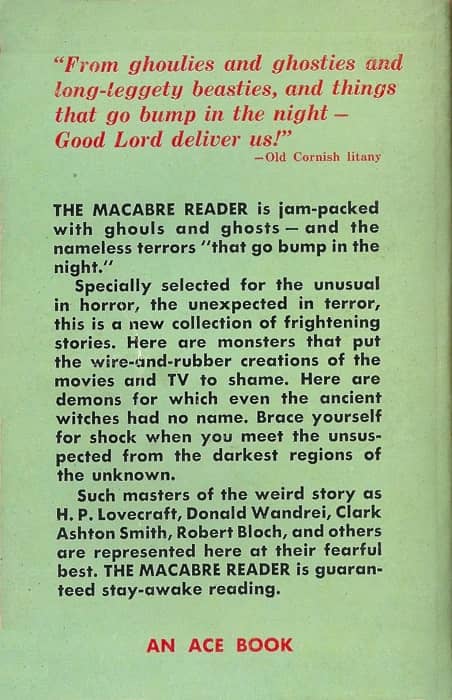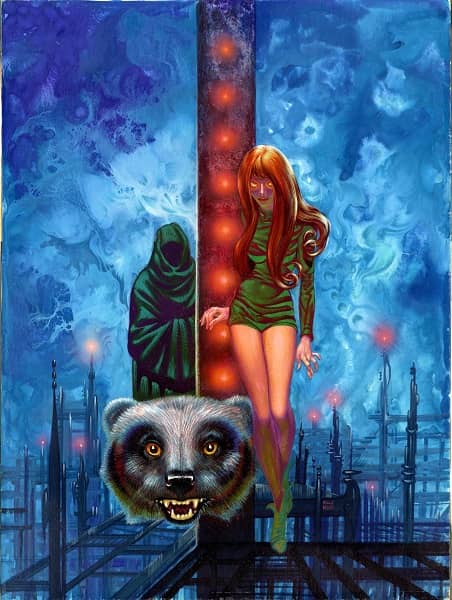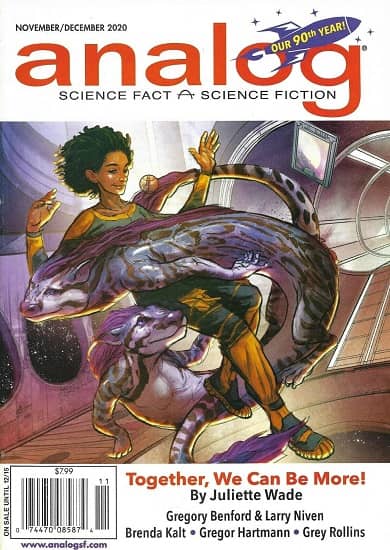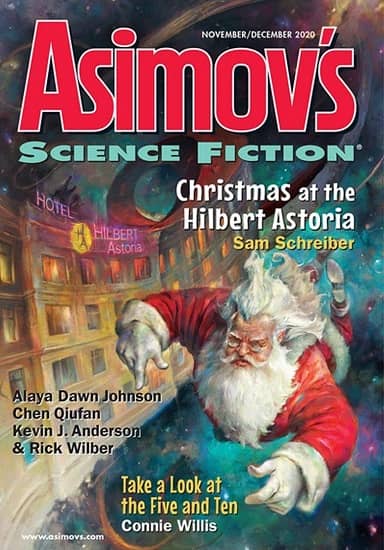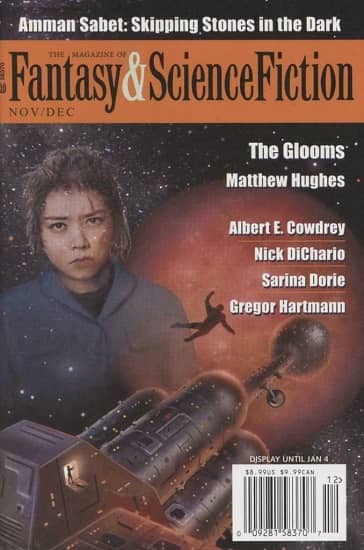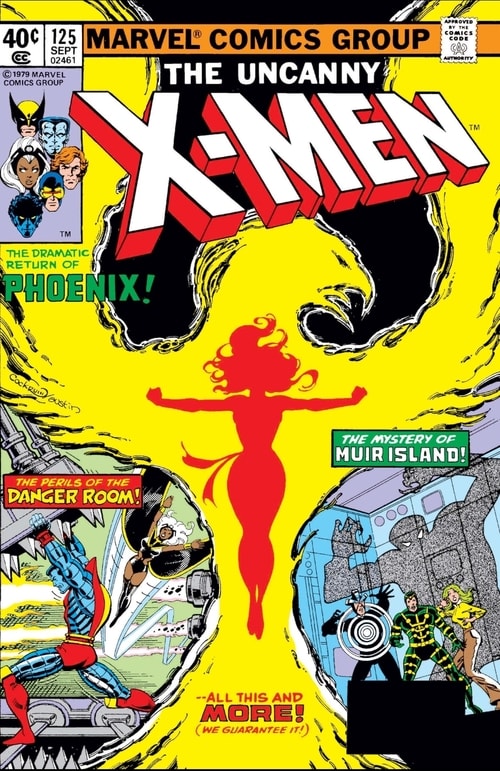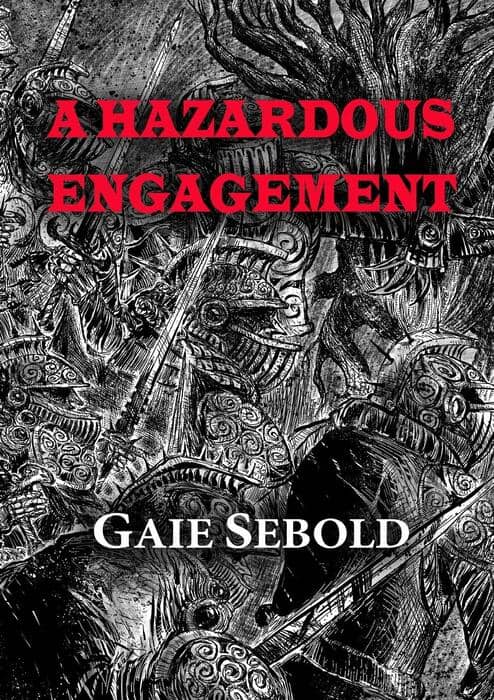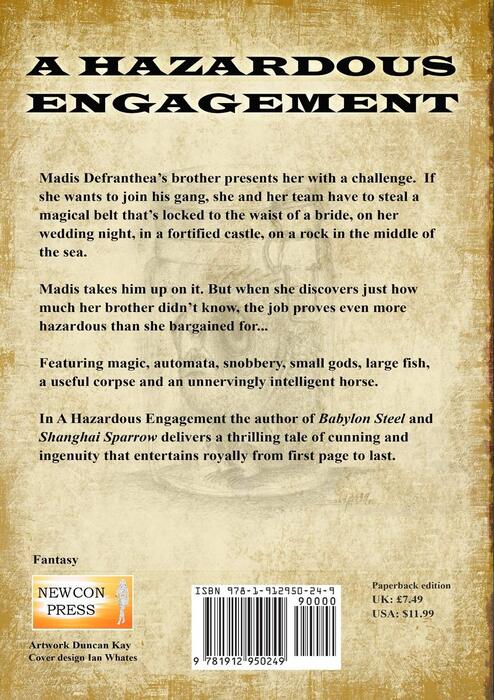Fantastical Kung fu Swordsmen Woven Into Historical Events: Legends of the Condor Heroes by Jin Yong
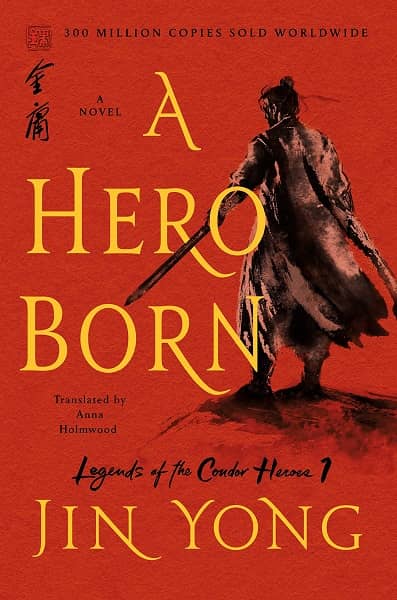 |
 |
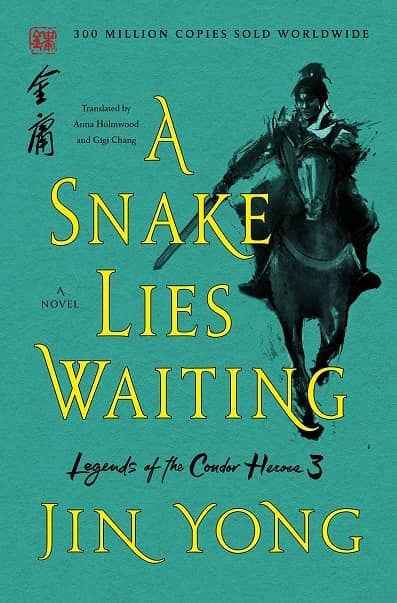 |
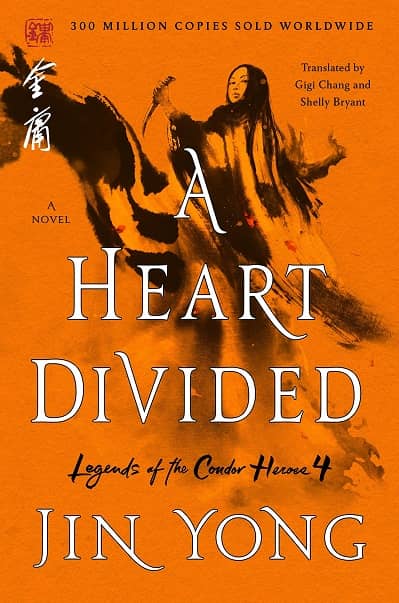 |
St. Martin’s Press paperback editions. Cover design by Ervin Serrano
Louis Cha Leung-yung, known more widely by his pen name Jin Yong, was a Hong Kong wuxia author whose tales of martial arts heroes in ancient China made him one of the most popular writers of all time. He wrote 15 books between 1955 – 1972, and by the time of his death in 2018 he was the best-selling Chinese author. The New Yorker proclaimed that “in the Chinese-speaking world, has a cultural currency roughly equal to that of Harry Potter and Star Wars combined,” and The Guardian called him “The world’s biggest kung fu fantasy writer.” CNN said that “Cha’s stories were epic, featuring not just fantastical kung fu swordsmen who can fly and walk on water, but also complex characters and plots woven into dramatic historical events.”
At long last four of his most popular fantasy novels have been given modern English translations, and mass market editions in the US. The Legends of the Condor Heroes series has sold over 300 millions copies worldwide; here’s the Kirkus Review of the first volume.
A somewhat simple-minded young man named Guo Jing, raised by his mother after his father’s untimely death, grows up in a world torn apart by palace intrigues and stewing political factions behind the Great Wall. On the other side, there’s a vast Mongol army led by none other than Genghis Khan… Fighting their way across the landscape with Guo are bands of Song dynasty patriots and traitors as well as legendary martial artists with names like The Eastern Heretic Apothecary Huang and Double Sun Wang Chongyang — oh, yes, and the Seven Freaks of the South… Jin Yong draws on a body of legend, history, Taoist precepts, and various martial arts traditions to serve up a tale of stylized contests…. Fans of sword-and-sorcery fantasy and historical fiction alike will enjoy this hard-hitting yarn.
Here’s the back covers for the first three books.

